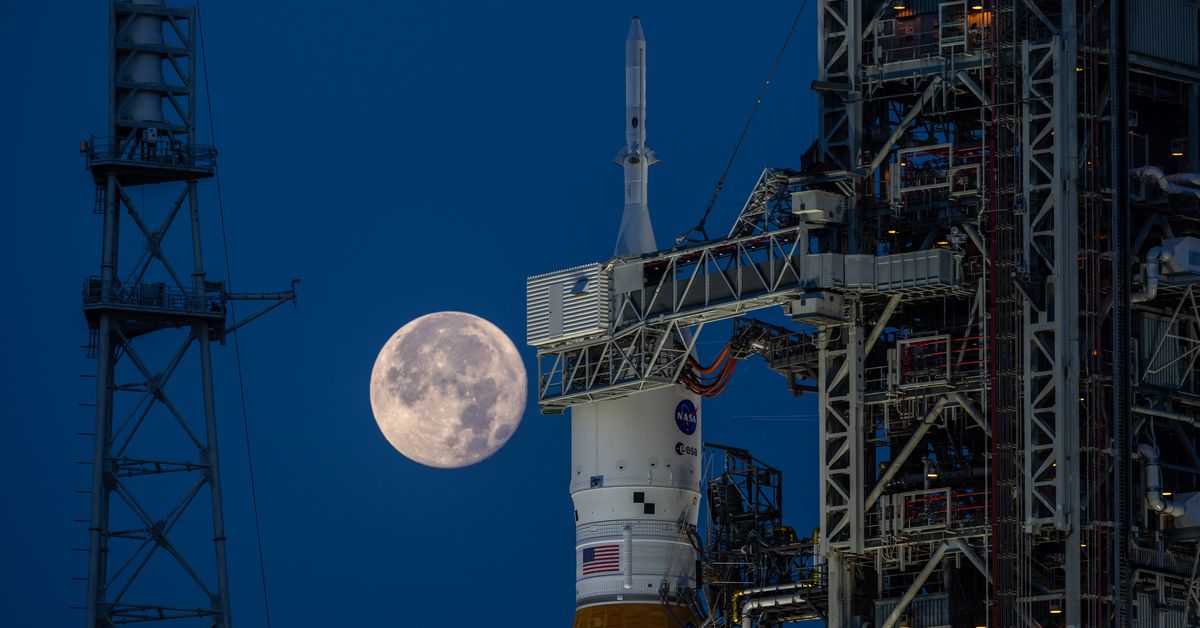Electric vehicles are very helpful for fighting climate change. But EVs need batteries, and batteries need minerals like nickel, cobalt, and lithium. The US has some of these minerals underground, and it wants to dig them up, expeditiously, so that it doesn’t have to rely as much on other countries, including China.
But this is where it gets tricky. Mining operators say they can speed up the digging process, but a bunch of regulatory roadblocks stand in their way. And environmentalists and tribal groups remain extremely skeptical that all this mining can be done in a way that doesn’t ruin the land and spoil the water.
This more or less summarizes the nearly 27,000 comments that the Department of the Interior has received over the last six months since it published a request for information on ways to improve federal hardrock mining regulations, laws, and permitting practices. The department will need to comb through these comments as it mulls much-needed reforms to a very outdated law. And it will need to figure a way to navigate all these competing interests and concerns as it seeks to bolster US mining to supply rising EV demand while also protecting the environment.
It’s going to be a nearly impossible task.
The Inflation Reduction Act, the Democrats’ new tax and climate bill, devotes nearly $400 billion to clean energy initiatives over the next decade, including EV tax credits and financing for companies that manufacture clean cars in the US. And California said it would ban the sale of new gas-powered vehicles starting in 2035, a move that over a dozen other states are expected to follow.
But the only EVs that will be eligible for the $7,500 credit are ones that are made in North America using batteries with minerals dug out of the ground in the US or from its trading partners. These requirements are largely viewed as unachievable by many observers because of the auto industry’s heavy reliance on battery materials and components from China.
This fear is reflected in the comments left by major automakers in response to the Department of the Interior’s request for information. The Alliance for Automotive Innovation, which represents nearly every legacy automaker in the US, put it in blunt terms.
“The US does not have significant processing capacity for EV battery materials and is reliant on other nations for refined raw materials, leaving the US market exposed to the risk of being impacted by supply chains outside of US control,” the group said.
This will only get worse as demand for EVs grows, with the Alliance arguing that the lack of critical battery materials could surpass the semiconductor shortage in terms of impact on the economy.
The Zero Emission Transportation Association (ZETA), which represents EV companies like Tesla and Rivian, says the current mining laws do not reflect the urgency to ramp up the domestic supply of minerals.
“If EVs were to represent 100 percent of new car sales — 17 million annually, in line with ZETA’s primary goal — current lithium carbonate equivalent (LCE) production would only meet 0.05 percent of total domestic EV battery pack demand,” the group states in its comment.
Most of the ire is being directed at the permitting process for new mining operations, with Ford calling it “lengthy, costly, and inefficient.” A new mine in the US can take seven to 10 years to complete all the permitting and paperwork before going online. In Canada and Australia, that process only takes two to three years, Ford notes.
The US should streamline the permitting process to get new mining operations into production faster, the companies recommend. They also want more transparency from all the agencies involved, and a stronger commitment to maintaining deadlines and more money to fund geological surveys to find new mineral deposits. Enacting these changes could spur “enormous economic growth,” Ford claims.
Environmental groups see it a little differently. They largely support the government’s clean transportation goals, but they worry about trampling current environmental rules — and especially tribal lands — in the rush to extract as many minerals as possible.
“The green energy revolution cannot be built on a dirty mining industry, outdated regulations, and environmental injustice,” Samuel Penney, chairman of the Nez Perce Tribe in Lapwai, Idaho, writes in his comment submitted to the Department of Interior.
If the US is to meet its climate goals, it needs a lot more lithium, cobalt, and nickel — key ingredients in EV batteries. This is true globally as well; the International Energy Agency estimates that the world will need roughly 20 times as much nickel and cobalt by 2040 as it had in 2020, and 40 times as much lithium.
It may just not be possible. A US Geological Survey estimated that to fully electrify its vehicle fleet, the US will need 1.27 million and 160,000 metric tons of battery-grade nickel and cobalt per year, respectively — both of which exceed total global production in 2021.
EV companies are already looking for ways to reduce their dependency on some minerals, like cobalt, which has been linked to human rights abuses. But using less cobalt would trigger a spike in demand for nickel. Tesla CEO Elon Musk has practically begged the world’s miners to produce more.
The US currently has one operating nickel mine, in Michigan. Its resources are expected to be exhausted by 2026.

 1 year ago
320
1 year ago
320





 English (US) ·
English (US) ·